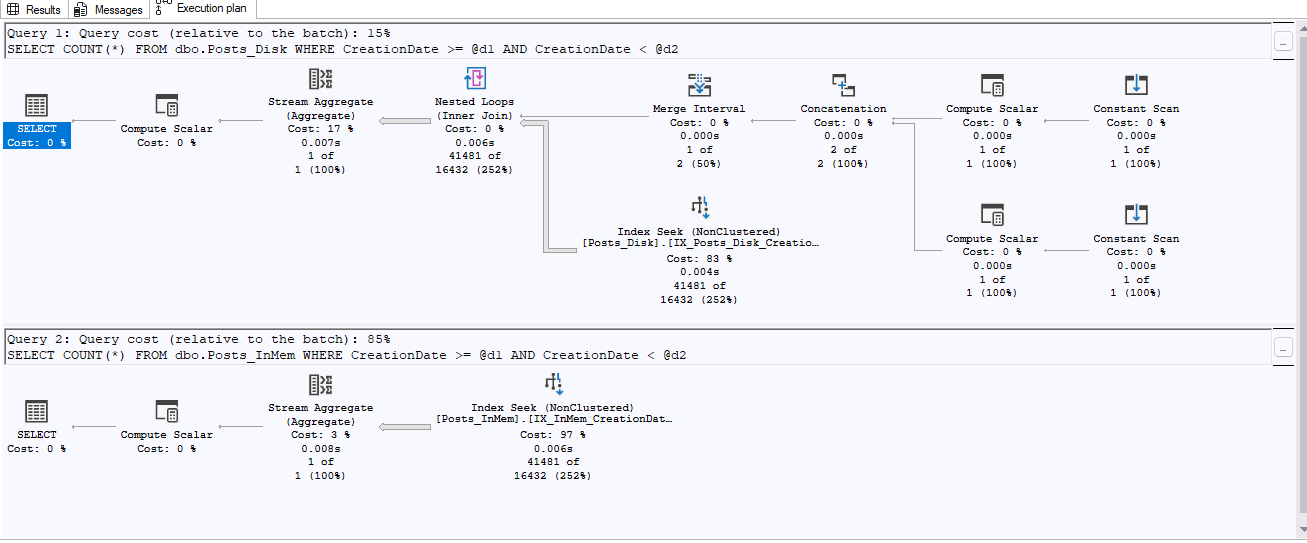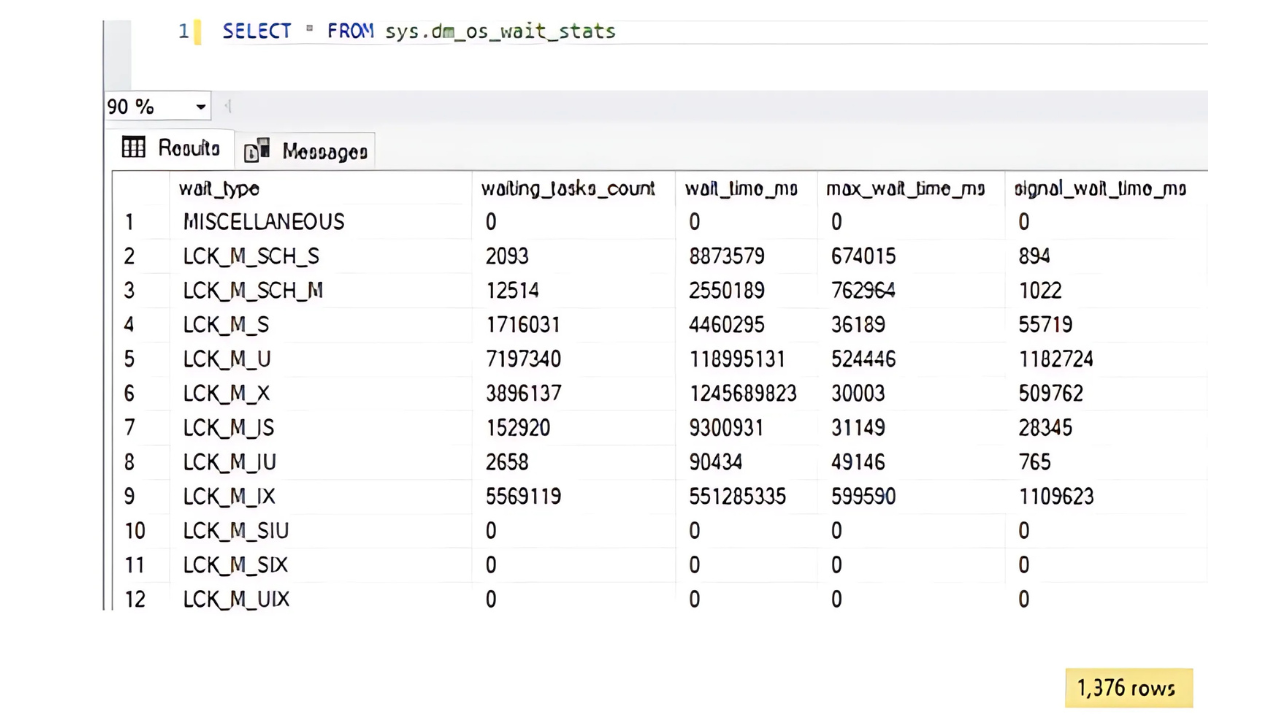Introduction
In today’s fast-paced world, real time data processing is no longer a luxury—it’s a necessity. With businesses relying on up-to-the-minute insights, the integration of streaming data into SQL databases has emerged as a game-changer. But what exactly does this mean for your organization, and why should you care? This blog explores how streaming data is transforming SQL environments and how your business can leverage it for a competitive edge.
What is Streaming Data?
Streaming data refers to the continuous flow of data generated in real time. Think of sensor readings, stock market updates, or social media feeds—all of these produce dynamic data streams that require immediate processing and storage.
Traditional SQL databases were designed for static, structured data. But with the rise of streaming data, organizations need more agile systems capable of handling high-velocity inputs.
Why Integrate Streaming Data into SQL Databases?
1. Real-Time Decision Making
Streaming data allows businesses to act on insights as they happen. For example, e-commerce platforms can adjust pricing dynamically based on demand, while financial institutions can detect fraud instantly.
2. Enhanced Operational Efficiency
By processing data streams in SQL databases, businesses can consolidate their data pipelines, reducing the need for complex ETL (Extract, Transform, Load) processes.
3. Cost-Effective Scalability
Modern SQL databases with streaming capabilities, like Apache Kafka with ksqlDB or Azure Stream Analytics, offer scalable solutions that grow with your business needs.
How Does It Work?
Integrating streaming data into SQL databases typically involves using streaming platforms like Apache Kafka, RabbitMQ, or AWS Kinesis to capture real-time data. DBA’s then leverage SQL extensions or tools like ksqlDB, Snowflake, or Google BigQuery to query and analyze these streams. The job then is to ensure seamless integration with existing SQL environments to avoid siloed data.
Challenges to Overcome
While the benefits are clear, integrating streaming data into SQL databases comes with its challenges:
• Performance Optimization: High-velocity data streams can overwhelm traditional SQL systems without proper tuning.
• Schema Evolution: Managing changes in data structure over time requires flexibility.
• Data Quality Assurance: Ensuring accuracy and consistency in real-time is critical.
Why Choose Our SQL Consultancy?
Integrating streaming data into SQL databases requires expertise. Our consultancy specializes in bridging the gap between traditional SQL environments and modern streaming platforms. Whether you need help with architecture design, implementation, or optimization, we have the skills and experience to ensure success.
Conclusion
The future of SQL lies in its ability to handle streaming data. By integrating real-time capabilities into your database environment, you can unlock new levels of efficiency, responsiveness, and innovation. Ready to make the leap? Contact our team today to learn how we can transform your data strategy.
SQL database consulting, Real-time data processing, Streaming data integration, Modern SQL databases, Cloud-based database solutions, Data pipeline optimization, apache Kafka consulting, Big Data analytics, Database performance tuning, Real-time analytics




